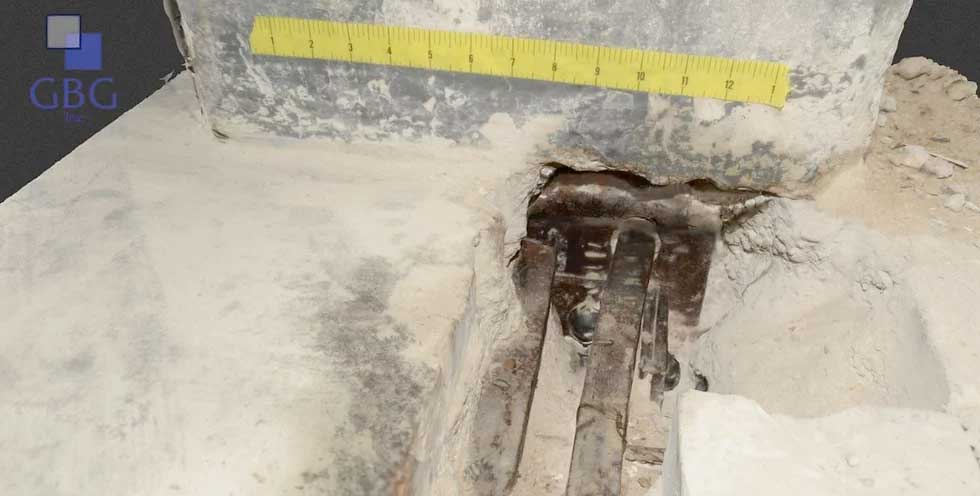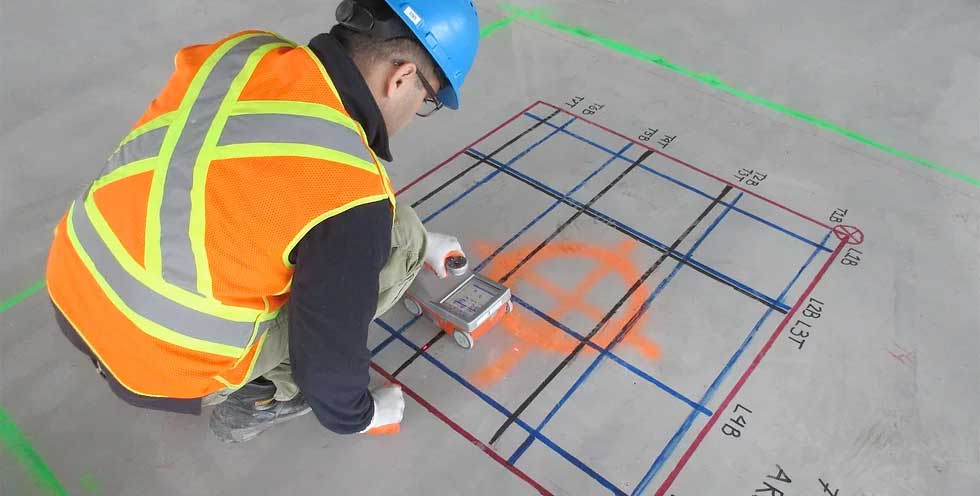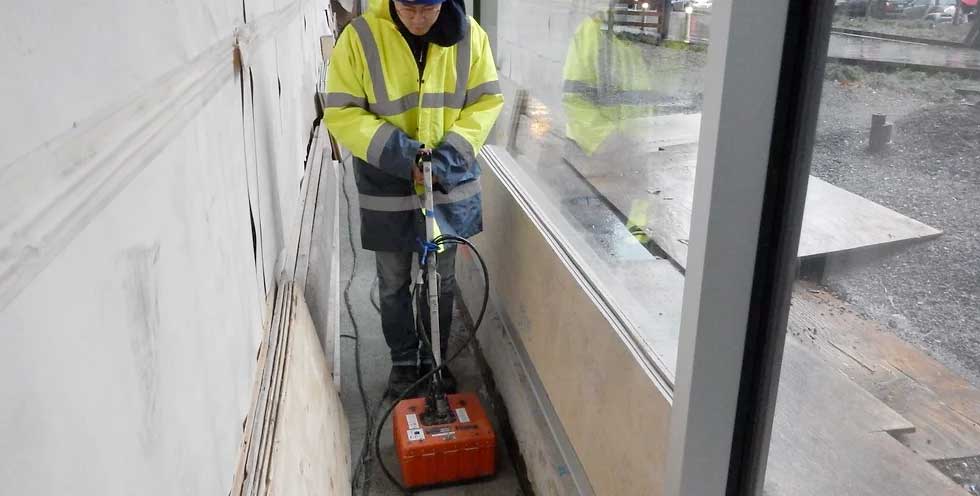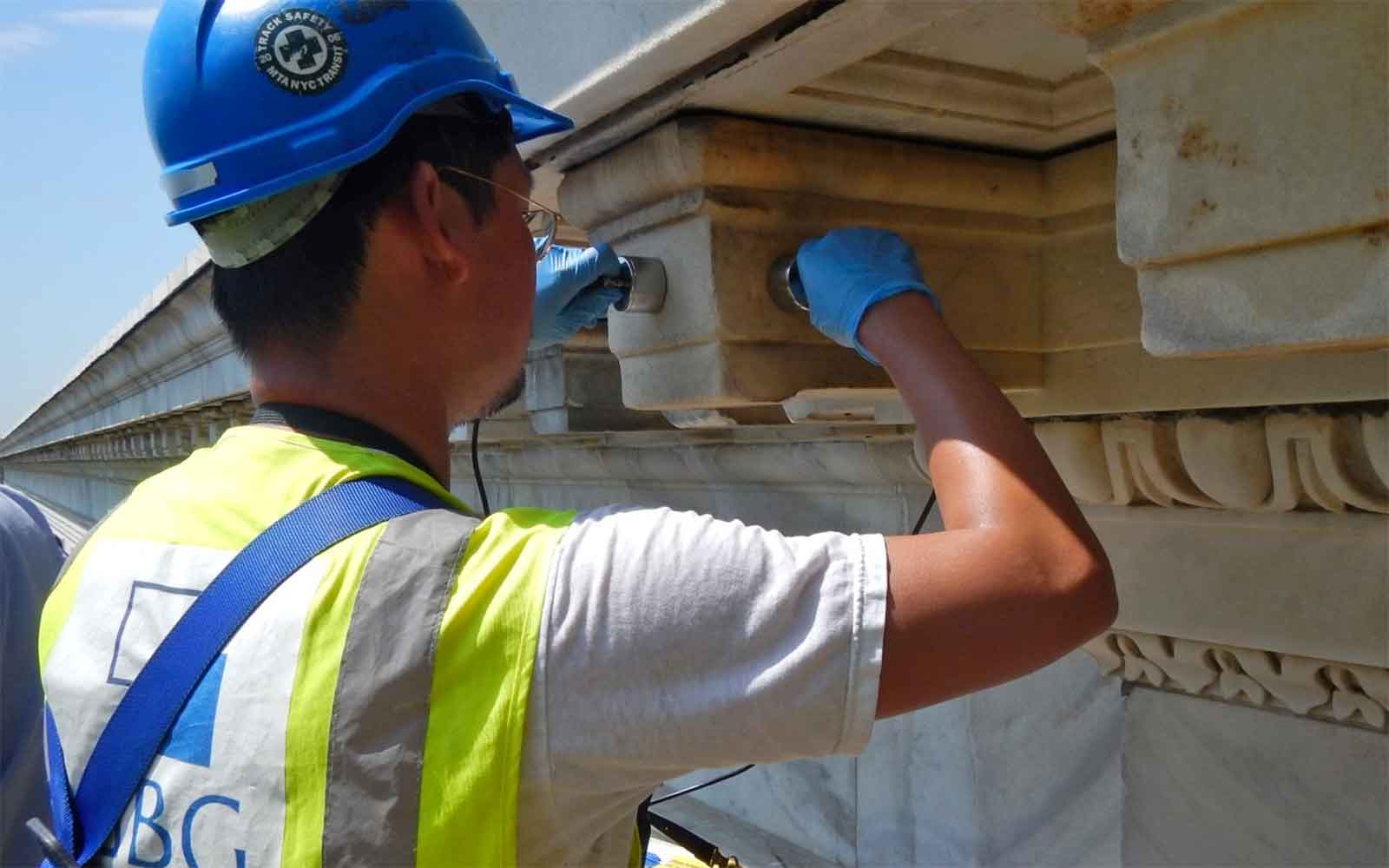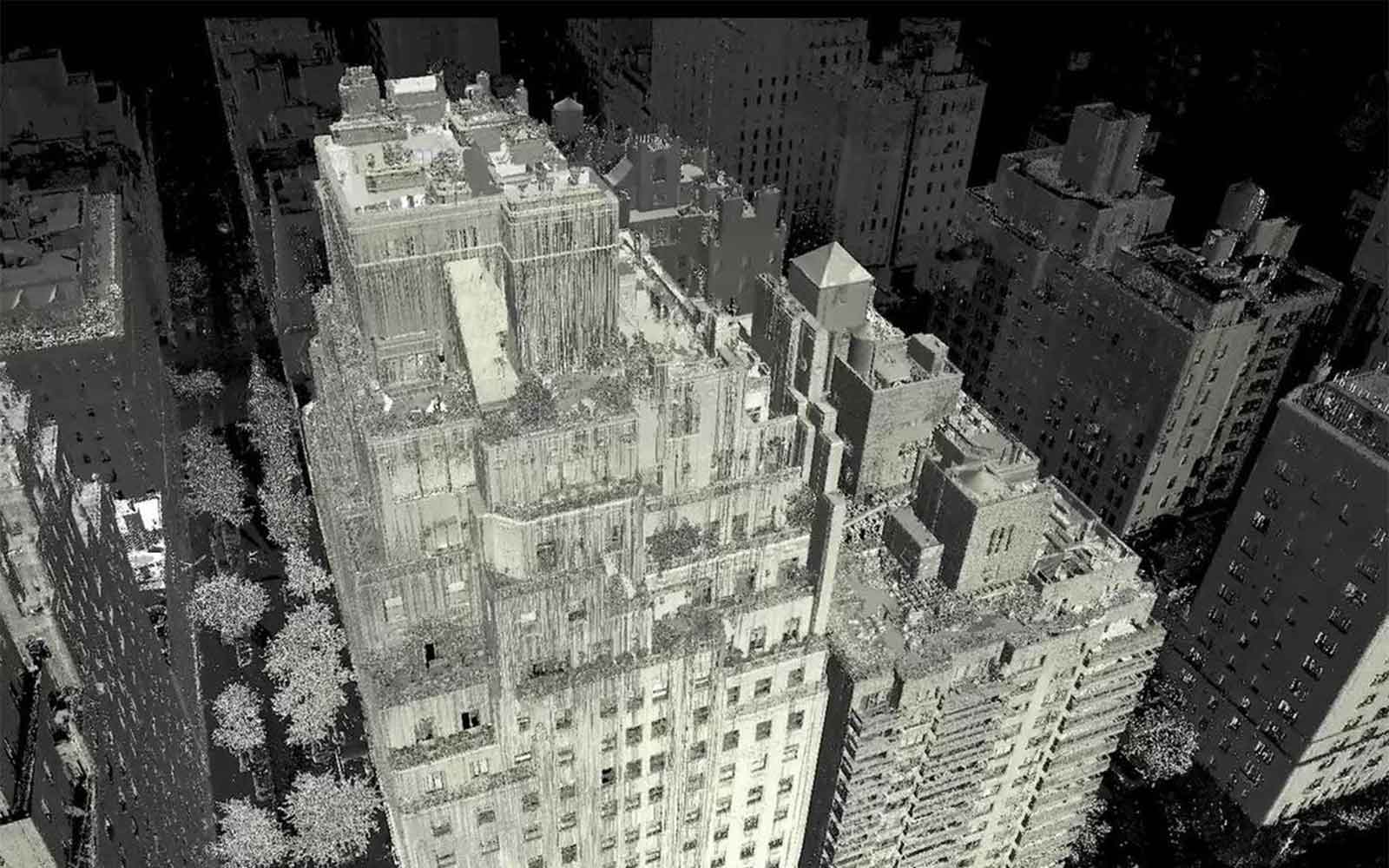Construction and Engineering
NDE (Non-Destructive Evaluation) techniques are used to identify construction details of reinforced concrete, steel-framed buildings, and transportation infrastructure.
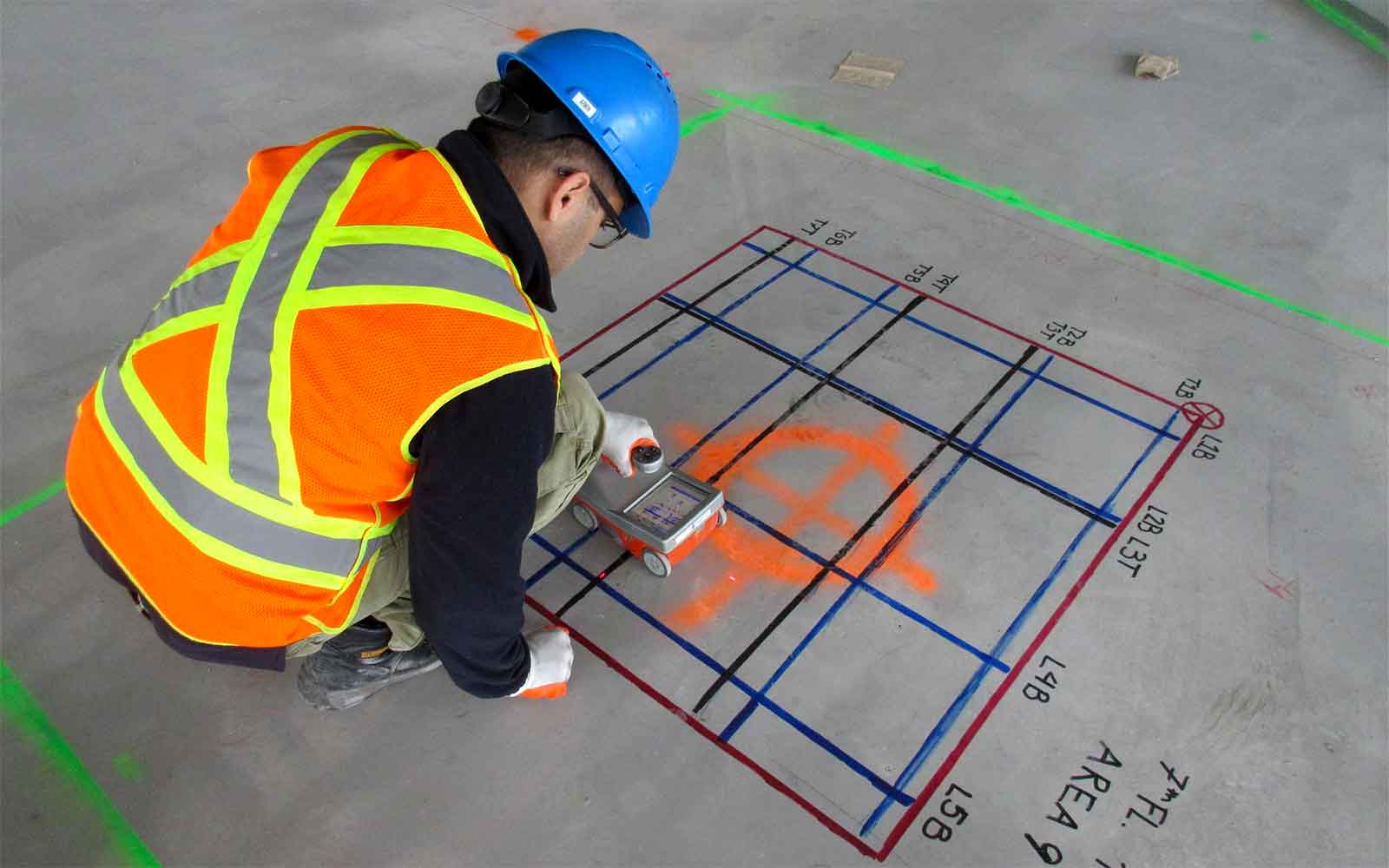
Construction and Engineering
NDE (Non-Destructive Evaluation) techniques including GPR (Ground-Penetrating Radar), Covermeters, IRT (Infrared Thermography), Ultrasonics and Tomography are used in combination with targeted probes to identify construction details for load assessment calculations of Reinforced Concrete and Steel-framed buildings, and transportation infrastructure.
These techniques can also be used to locate voids in CMU and masonry walls, map reinforcement onto slabs, locate flues and post-tensioned ducts. NDE can also be useful for measuring variations in the quality of construction materials such as voiding within masonry walls, variable grout compaction within a CMU block wall, concealed corrosion and section loss of steel/cast-iron beams/columns.
Where probes are required to corroborate findings from NDE information and to document complicated connection details, measurable 3D photographs are provided in addition to drawings so the Engineer can interrogate the structure at will.
Methods include:
3D Photographic Model
Measurable, interactive 3D model of probe section
View Model HERE
Reinforcement Mapping
Using GPR to map reinforcement locations (e.g. rebar) on site (top left) to later translate into drawings located accurately within the building's plans. GPR data can also be collected and reviewed in 3D.
Mapping Sub-Surface Cracks, Voids and Delaminations
Various NDE methods such as GPR and Impact Echo can be used to asses mechanical properties of the subject.
The velocity of a compression wave within the material (e.g. concrete) gives an indication of the elastic modulus of the material and the continuity of response allows an integrity assessment to be made and voids, cracks and delaminations to be mapped.
Featured Work
GBG investigates a wide range of structures from historically significant buildings to small private residences.

